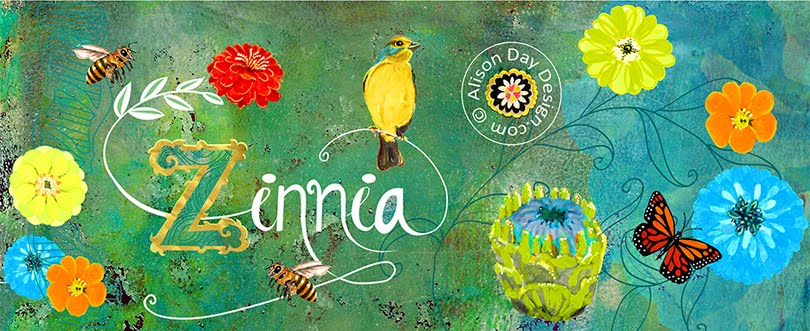Having notched up a fair few air miles
over the years to a multitude of destinations around the world, I generally
assume that when I touch down again so will my luggage.
Oh, how
wrong can one be? This Christmas, what should have been a short jaunt from
Schipol airport Amsterdam to London Heathrow turned into a guess where your
luggage is marathon and an insight into what lying toads BMI are when they
claim: ‘yes, madam your bag will be with you within 24 hours.’
Two of us
were left standing helplessly at the carousel at Heathrow without our luggage.
The helpdesk assured us that our luggage would re-appear and be delivered to
wherever we were in the UK. At this point, I wasn’t that worried and was mildly
amused by the jokes from the BMI personnel, who said that two missing bags was nothing per flight and that one had to
experience everything in life at least once!
So, I continued
my onward journey to Oxford and in the interim time bought some new makeup and
borrowed underwear. But three days later, on Christmas Eve, when my luggage
still hadn’t turned up I was getting worried and disappointed as I hadn’t
planned on wearing the same outfit for three days.
After many
frustrating phone calls, to what turned out to be a call centre in India, of
all places, visits to the BMI website to track my luggage (totally useless, as
it never seemed to get updated), and the attempt to find a real person to talk to at BMI in England, instead of a computerized
voice, my luggage finally turned up.
The case was
delivered by a man in an unmarked, white van: ‘Which one is yours?’ he said, as
I peered into the back of the van, choc-a-block with lost cases. Ignoring the
bumper deluxe Chanel suitcase, relieved, I dove for my own black
suitcase, which incidentally was also full of my Christmas presents.
The story
doesn't end there. A friend of mine, Kim, was less fortunate. Going through the
same bungling procedure, her bag didn't turn up at all, even after 10
days. Yes, on Christmas Day she had no Christmas presents to give out
BMI! Finally, being pretty annoyed she phoned BMI and offered to come and pick
it up herself. At Heathrow she was ushered into what turned out to be an
enormous hall filled wall to wall with thousands of suitcases. Here she found
her luggage but what about the fate of the other bags? In a blonde moment BMI
had removed all the labels with the baggage numbers, so now their job of
re-uniting the lost bags with their owners was made even more hopeless.
In these
high tech days it doesn't really promote ‘peace and goodwill to all
men’, when one is unable to get an honest answer as to where ones luggage went
from a computerized telephone voice. Also, wearing the same clothes for longer
then two days and going out to buy interim underwear is a bore, when you know
your case is full of all those lovely clothes specially packed for the festive
season. So BMI, at the very least you owe me, Kim and all the other owners of
the mislaid bags an apology and if you were feeling really generous…the next
flight should be on you!
Original
Cartoon: Matt, Daily Telegraph, GB
© Alison Day





















